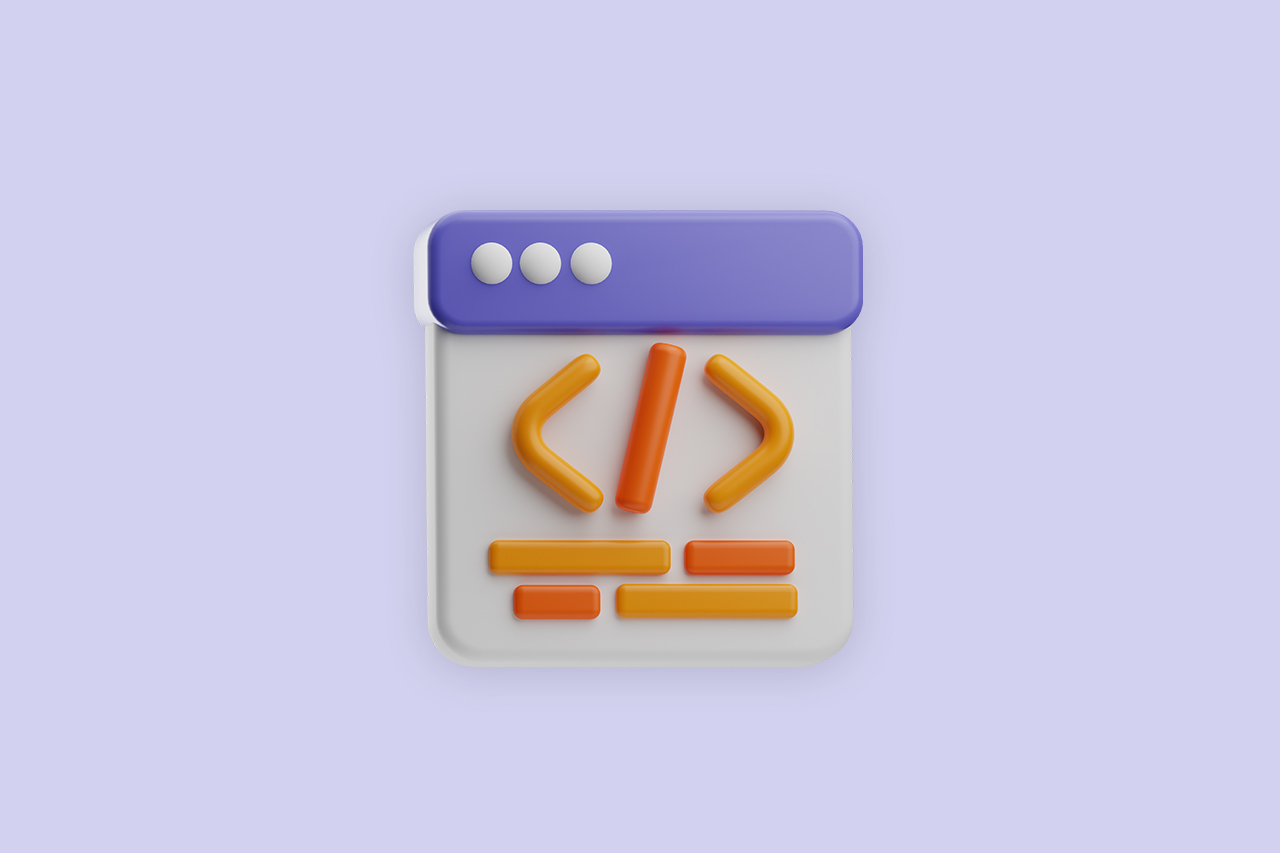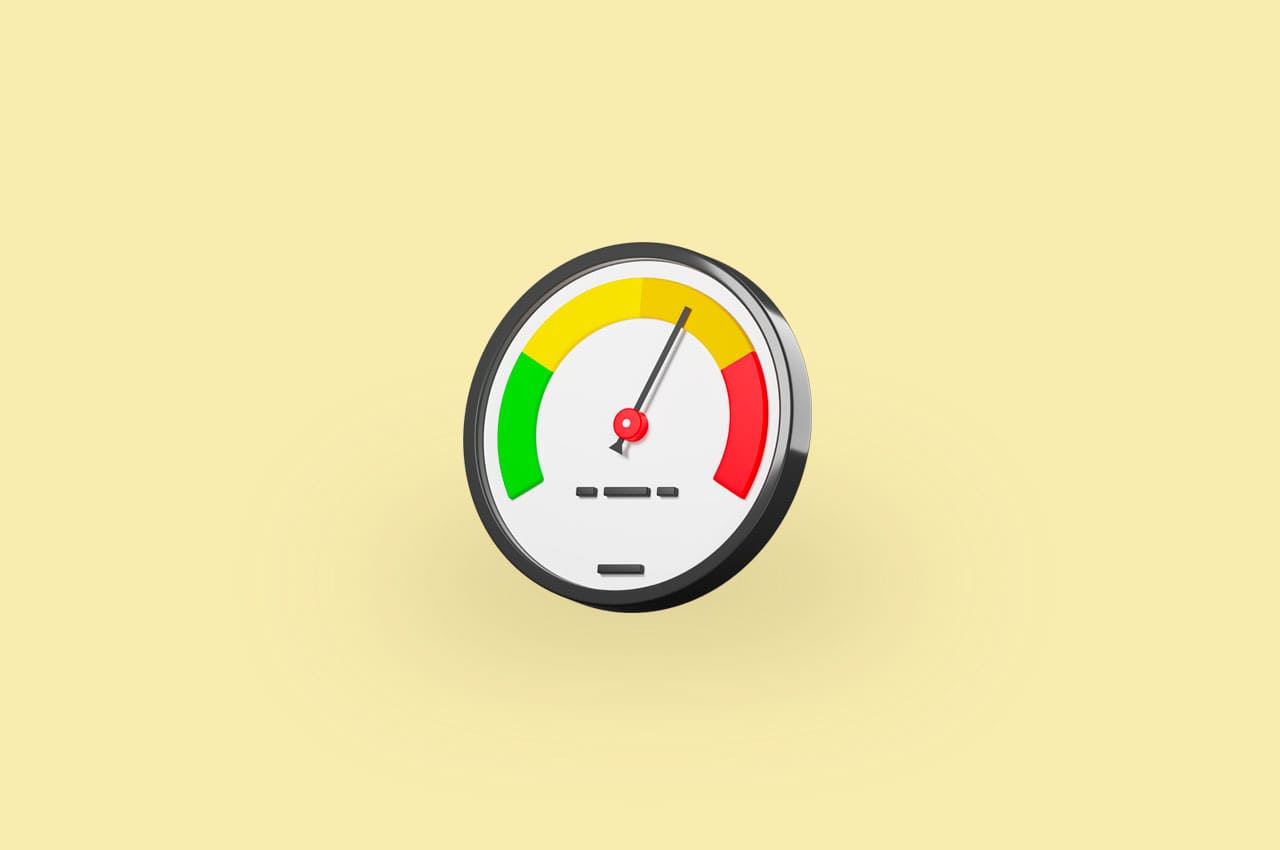Mastering Django Forms: Simplify & Streamline Your Web Application Development

In the world of web application development, efficient data management and user interaction are crucial elements. Django, a high-level Python web framework, offers a powerful tool called Django Forms that simplifies the process of handling user input, validating data, and displaying forms in a web application. In this blog post, we will explore the fundamentals of Django Forms and how they can be used to create robust and user-friendly web forms.
What are Django Forms?
Django Forms is a set of Python classes that allow developers to define and handle forms easily. They provide a high-level abstraction for creating HTML forms and managing user input. Django Forms are flexible, and customizable, and offer various built-in features for data validation and error handling.
Example:
from django import forms
class ContactForm(forms.Form):
name = forms.CharField(label='Your Name', max_length=100)
email = forms.EmailField(label='Your Email')
message = forms.CharField(label='Your Message', widget=forms.Textarea)
Creating a Simple Form:
To create a form using Django, you need to define a form class that inherits from the forms. Form or forms.ModelForm class. You can specify fields, labels, and validation rules within the form class. Django provides a wide range of form fields such as text, number, email, date, etc., which can be utilized according to your application’s requirements.
Example:
from django import forms
class LoginForm(forms.Form):
username = forms.CharField(label='Username', max_length=100)
password = forms.CharField(label='Password', widget=forms.PasswordInput)
Handling Form Submission:
Once a user submits a form, Django handles the submitted data automatically. By utilizing the request.POST or request.FILES objects, you can access the form data in your views. Django Forms handle data validation, ensuring that the input meets the specified criteria. If the form is valid, you can save the data to the database or perform further processing.
Example:
from django.shortcuts import render, redirect
from .forms import ContactForm
def contact_view(request):
form = ContactForm()
if request.method == 'POST':
form = ContactForm(request.POST)
if form.is_valid():
# Save form data or perform further processing
return redirect('success_page')
return render(request, 'contact.html', {'form': form})
Displaying Forms in Templates:
To render a form in a template, you can make use of Django’s template tags. The {{ form.as_p }}, {{ form.as_table }}, and {{ form.as_ul }} tags generate the HTML markup for the form fields, labels, and error messages. Additionally, you can customize the form’s appearance by leveraging CSS classes and attributes.
Example:
<form method="post">
{% csrf_token %}
{{ form.as_p }}
<button type="submit">Submit</button>
</form>
To read more about the importance of dynamic web applications with Django templates, refer to our blog How to Build Dynamic Web Applications with Django Templates
Form Validation and Error Handling:
Django Forms provide built-in validation methods to ensure the integrity and correctness of user-submitted data. You can define custom validation logic within the form class using methods like clean_<field_name>() or by overriding the clean() method. Django’s form validation automatically populates error messages, making it easy to display errors alongside the respective fields.
Example:
from django import forms
class RegistrationForm(forms.Form):
username = forms.CharField(label='Username', max_length=100)
password = forms.CharField(label='Password', widget=forms.PasswordInput)
confirm_password = forms.CharField(label='Confirm Password', widget=forms.PasswordInput)
def clean(self):
cleaned_data = super().clean()
password = cleaned_data.get('password')
confirm_password = cleaned_data.get('confirm_password')
if password and confirm_password and password != confirm_password:
raise forms.ValidationError("Passwords do not match.")
Integrating Django Forms with Views and Models:
Django Forms seamlessly integrate with Django views and models. By passing form instances to views, you can display and process forms based on user interactions. Furthermore, Django Forms can be linked to database models, enabling you to create, update, and delete model instances through forms.
Example:
from django.shortcuts import render
from .models import UserProfile
from .forms import UserProfileForm
def profile_view(request):
user_profile = UserProfile.objects.get(user=request.user)
form = UserProfileForm(instance=user_profile)
if request.method == 'POST':
form = UserProfileForm(request.POST, instance=user_profile)
if form.is_valid():
form.save()
return render(request, 'profile.html', {'form': form})
Enhancing Forms with Third-Party Packages:
The Django ecosystem provides numerous third-party packages that extend the capabilities of Django Forms. Packages like django-crispy-forms, django-widget-tweaks, and django-bootstrap4 offer additional form rendering options, improved UI components, and enhanced form layout customization.
Conclusion:
Django Forms are an essential component of Django’s robust web development framework. They provide a convenient and efficient way to handle user input, validate data, and create interactive web forms. By utilizing Django Forms, developers can streamline the development process, enhance user experience, and ensure data integrity in their web applications. Whether you’re building a simple contact form or a complex data entry system, Django Forms can significantly simplify the task at hand, allowing you to focus on building great web applications.
To read more about the importance of Django Template Language in 2023, refer to our blog Unleash the Power of Django Template Language in 2023




